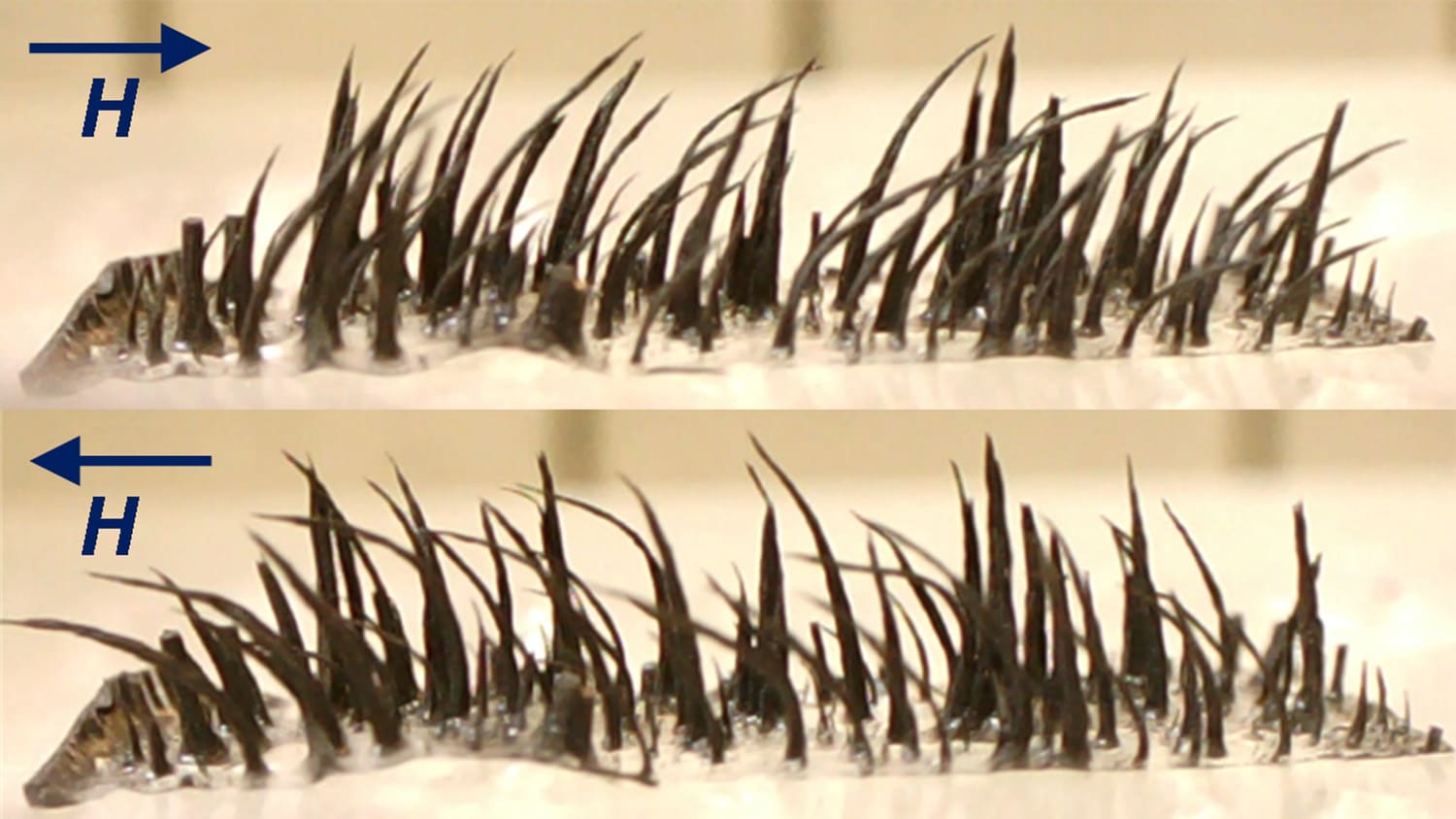Researchers Find Genetic Diversity Key to Survival of Honey Bee Colonies
When it comes to honey bees, more mates is better. A new study from North Carolina State University, the University of Maryland and the U.S. Department of Agriculture (USDA) shows that genetic diversity is key to survival in honey bee colonies – a colony is less likely to survive if its queen has had a limited number of mates.

“We wanted to determine whether a colony’s genetic diversity has an impact on its survival, and what that impact may be,” says Dr. David Tarpy, an associate professor of entomology at North Carolina State University and lead author of a paper describing the study. “We knew genetic diversity affected survival under controlled conditions, but wanted to see if it held true in the real world. And, if so, how much diversity is needed to significantly improve a colony’s odds of surviving.”
Tarpy took genetic samples from 80 commercial colonies of honey bees (Apis mellifera) in the eastern United States to assess each colony’s genetic diversity, which reflects the number of males a colony’s queen has mated with. The more mates a queen has had, the higher the genetic diversity in the colony. The researchers then tracked the health of the colonies on an almost monthly basis over the course of 10 months – which is a full working “season” for commercial bee colonies.

The researchers found that colonies where the queen had mated at least seven times were 2.86 times more likely to survive the 10-month working season. Specifically, 48 percent of colonies with queens who had mated at least seven times were still alive at the end of the season. Only 17 percent of the less genetically diverse colonies survived. “48 percent survival is still an alarmingly low survival rate, but it’s far better than 17 percent,” Tarpy says.
“This study confirms that genetic diversity is enormously important in honey bee populations,” Tarpy says. “And it also offers some guidance to beekeepers about breeding strategies that will help their colonies survive.”
The paper, “Genetic diversity affects colony survivorship in commercial honey bee colonies,” was published online this month in the journal Naturwissenschaften. Co-authors of the study are Dr. Dennis vanEngelsdorp of the University of Maryland and Dr. Jeffery Pettis of USDA. The work was supported by the USDA Cooperative State Research, Education and
Extension Service, the USDA Agricultural Research Service, the North Carolina Department of Agriculture and Consumer Services and the National Honey Board.
-shipman-
Note to Editors: The study abstract follows.
“Genetic diversity affects colony survivorship in commercial honey bee colonies”
Authors: David R. Tarpy, North Carolina State University; Dennis vanEnglesdorp, University of Maryland; and Jeffery S. Pettis, USDA-ARS Bee Research Laboratory
Published: June 2013, Naturwissenschaften
DOI: 10.1007/s00114-013-1065-y
Abstract: Honey bee (Apis mellifera) queens mate with unusually high numbers of males (average of approximately 12 drones), although there is much variation among queens. One main consequence of such extreme polyandry is an increased diversity of worker genotypes within a colony, which has been shown empirically to confer significant adaptive advantages that result in higher colony productivity and survival. Moreover, honey bees are the primary insect pollinators used in modern commercial production agriculture, and their populations have been in decline worldwide. Here, we compare the mating frequencies of queens, and therefore, intracolony genetic diversity, in three commercial beekeeping operations to determine how they correlate with various measures of colony health and productivity, particularly the likelihood of queen supersedure and colony survival in functional, intensively managed beehives. We found the average effective paternity frequency (me ) of this population of honey bee queens to be 13.6?±6.76, which was not significantly different between colonies that superseded their queen and those that did not. However, colonies that were less genetically diverse (headed by queens with me [less than or equal to]7.0) were 2.86 times more likely to die by the end of the study when compared to colonies that were more genetically diverse (headed by queens with me >7.0). The stark contrast in colony survival based on increased genetic diversity suggests that there are important tangible benefits of increased queen mating number in managed honey bees, although the exact mechanism(s) that govern these benefits have not been fully elucidated.
- Categories:


